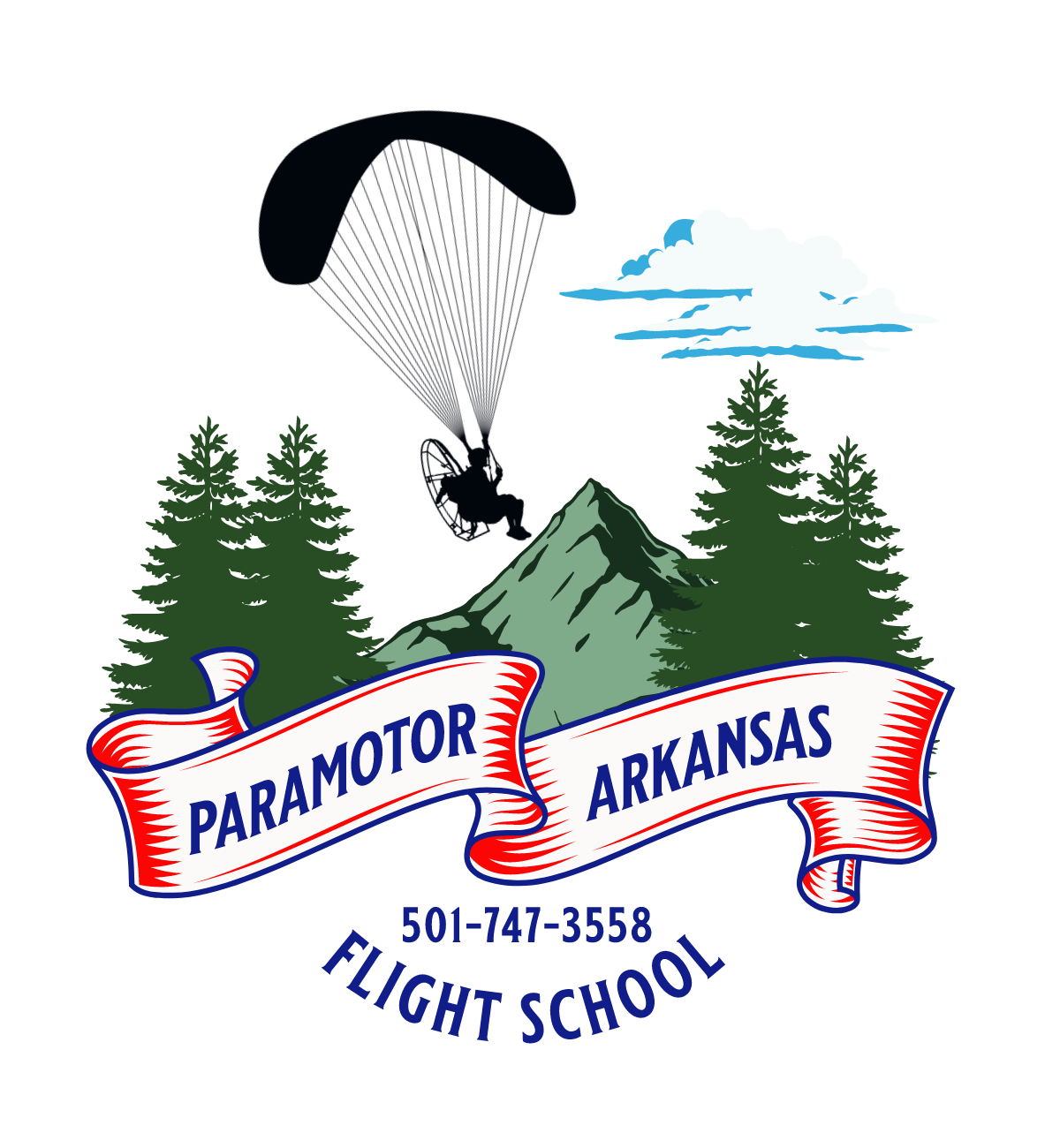How do I get started with paramotoring?
Getting started with paramotoring involves several key steps to ensure a safe and enjoyable experience. Here's a detailed guide on how to begin your paramotoring journey:
-
Research and Education:
- Start by researching paramotoring to gain a comprehensive understanding of the sport. Read books, articles, and online resources to familiarize yourself with the basics.
-
Join Paramotoring Communities:
- Connect with paramotoring communities both online and locally. Forums, social media groups, and local flying clubs are great places to seek advice, ask questions, and learn from experienced pilots.
-
Attend an Introductory Course:
- Enroll in an introductory paramotoring course offered by a reputable and certified instructor or school. These courses typically cover ground handling, basic flying skills, safety protocols, and equipment familiarization.
-
Choose a Certified Instructor:
- Ensure that your instructor is certified by relevant aviation authorities and has a good reputation within the paramotoring community. A qualified instructor plays a crucial role in your training and safety.
-
Complete Training Courses:
- Paramotor training typically consists of ground handling practice, kiting, classroom instruction, and actual flight training. Training courses may vary in duration, but they generally cover the essential skills needed to fly safely.
-
Select Suitable Equipment:
- Consult with your instructor to determine the appropriate paramotor equipment for your skill level and goals. This includes selecting a wing, paramotor unit, reserve parachute, and other necessary accessories.
-
Safety Gear:
- Invest in quality safety gear, including a helmet, gloves, and suitable footwear. Your instructor can provide guidance on the best gear for your specific needs.
-
Physical Fitness:
- Paramotoring requires a reasonable level of physical fitness. Engage in regular exercise to build strength and stamina, as this will contribute to your ability to handle the equipment and enjoy longer flights.
-
Understanding Weather Conditions:
- Develop a good understanding of weather conditions and their impact on paramotoring. Wind speed, direction, thermals, and other weather factors play a crucial role in safe flying.
-
Obtain Necessary Certifications:
- Depending on your location, there may be specific certifications or licenses required for paramotoring. Ensure that you meet all regulatory requirements and obtain the necessary permissions before flying.
-
Practice Ground Handling:
- Spend time practicing ground handling skills. This involves learning how to control the wing on the ground, inflate it properly, and manage it during takeoff and landing.
-
Flight Simulators:
- Some training programs use paramotor flight simulators to enhance learning. Simulators provide a controlled environment for practicing flying skills and emergency procedures.
-
Gradual Progression:
- Paramotoring is a skill-based activity, and proficiency comes with practice. Start with short, controlled flights in favorable conditions, and gradually progress to more challenging scenarios as you gain experience.
-
Continuous Learning:
- Stay engaged with the paramotoring community, attend workshops, and participate in ongoing training to continue improving your skills and staying updated on safety practices.
-
Fly Responsibly:
- Adhere to safety guidelines, respect airspace regulations, and fly responsibly. Consider joining a local paramotoring club to connect with experienced pilots and access additional resources.
By following these steps and prioritizing safety throughout your paramotoring journey, you'll be well on your way to becoming a confident and responsible paramotor pilot
